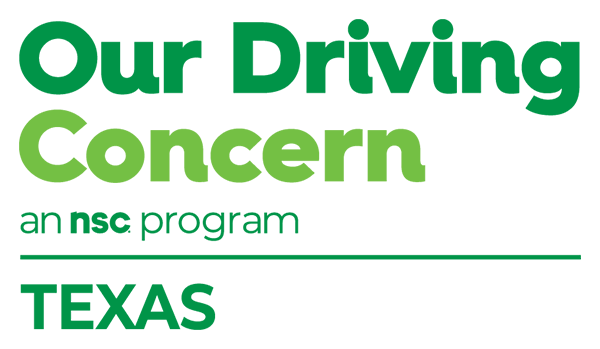Safety Coach
Message Received
You’ve heard it said about communication: You need to talk to people in language they understand and meet people where they live. But what does that mean, and how can answering that question help you bolster your safety program?
Let’s start with this: Meeting people where they live means you’re willing to recognize their needs, their differing styles, their values – all the things that make them unique. When it comes to safety, meeting people where they live means speaking their language, too.
We’re here to help. We’re offering a number of free transportation safety resources in Spanish so you can more easily communicate with your whole team:
- Spanish Safety Huddles: Use these six free handouts to refresh your employees on driving basics, ranging from risks associated with backing up to successful navigation through crowded intersections
- Spanish Safety Posters: Print and display these free pieces, and share them on your intranet and social channels
- Spanish Materials from the National Safety Council, CDC, NHTSA, TxDOT and U.S. Drug Enforcment Administration: Check out the wide variety of free resources at your fingertips on our website
Safety is valuing each of your people individually and making sure they stay out of harm’s way. Safety is a universal language.
Tailgate Talk
Tips to Avoid Fatigue
Do you have a friend or colleague planning a cross-country road trip before the summer ends? Whether they’re headed to the Rocky Mountains or Great Lakes, you’ll want to help them stay safe. Take time in the coming days to talk about fatigue, one of the most common forms of impairment both at work and on the road.
The stress of remaining on high alert while in control of a vehicle for a long period can result in driver fatigue, and the consequences can be catastrophic. In fact, National Safety Council research indicates drivers are three times more likely to be in a crash when fatigued. Your mind tends to drift as you grow weary from the monotony of driving for hours, and you can grow tired of battling heavy traffic in congested areas, too. Just like alcohol or other drugs, fatigue slows reaction time and can impair judgment.
One way to ensure you stay sharp: Get enough rest. Adults need seven to nine hours of sleep to achieve peak performance, according to the National Sleep Foundation. Many fall well short of that mark. To comply with federal standards, trucking companies have policies that regulate driver hours and prioritize sleep health. What about your organization? Your friends and coworkers?
Share these tips to avoid fatigue behind the wheel:
- Don’t start long drives after work, or if you’re already physically or mentally worn out
- Be cautious about driving between 2 and 4 p.m., when your body’s circadian rhythm is telling you it’s time for a rest, and between 11 p.m. and 7 a.m., when you’re normally in bed
- Travel with a friend or family member; they can help with directions and keep you engaged in conversation
- Take turns driving to reduce individual stress
- Listen to the radio or a music playlist
- Take a break after traveling 100 miles or every two hours; stretch your legs, fuel your body with healthy foods and top off your gas tank
- Use a GPS device (be sure to set it up before you hit the road)
Keep in mind, some short-term benefits will result from drinking a cup of coffee or another caffeinated beverage. But those kinds of stimulants only will energize you for a little while. A longer-term solution can come from educating employees about the importance of sleep health. The more your employees know, the more they can do to avoid the risks of fatigue:
- Promote in-person and online programs focused on sleep
- Offer sleep-disorder screening programs
- Make sleep a part of your company’s wellness program
Get more ideas to strengthen your safety program from the National Safety Council:
When you help others stay safe, they can focus on what they’re doing. Maybe they’re on the job. Maybe they’re on an end-of-summer adventure. Maybe they’ll return the act of kindness.


